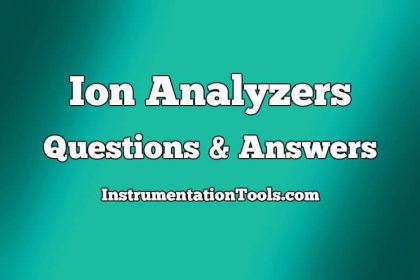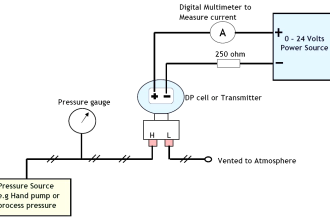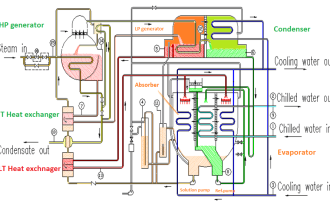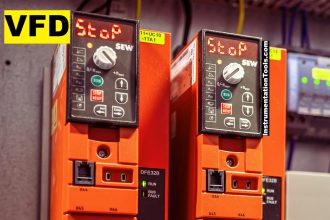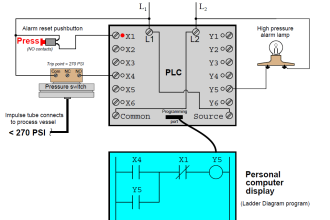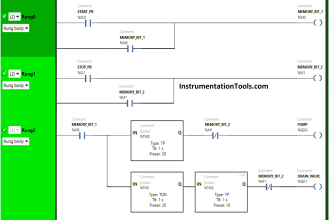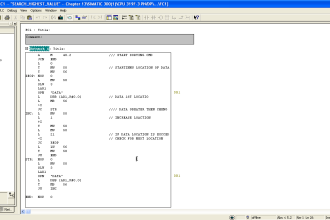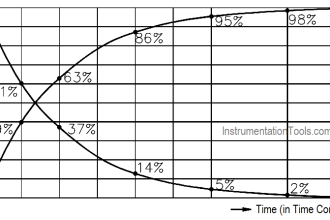Hydrocarbons Questions & Answers
1. Which of the following methods cannot be used for the estimation of hydrocarbons?
a) Mass spectroscopy
b) Chemiluminescence method
c) Ultraviolet absorption
d) Gas chromatography
Answer: b
Explanation: Chemiluminescence method cannot be used for the estimation of hydrocarbons. This is because hydrocarbons do not produce chemiluminescence effect.
2. Which of the following is the most abundant hydrocarbon which is emitted into the atmosphere by biological activity?
a) Ethane
b) Methane
c) Poly Aromatic hydrocarbons
d) Pentane
Answer: b
Explanation: The most abundant hydrocarbon which is emitted into the atmosphere by biological activity is methane. It is also emitted by automobile exhausts, burning of coal, etc.
3. Flame ionization detectors are sensitive to which of the following gases?
a) Carbon dioxide
b) Methane
c) Carbon monoxide
d) Sulphur dioxide
Answer: b
Explanation: Flame ionization detectors are sensitive to methane since, they are sensitive to organic compounds. They are insensitive to non-combustible gases. Hence, they are not sensitive to carbon monoxide, carbon dioxide and sulphur dioxide.
4. How can carbon monoxide be detected using flame ionization detectors while using gas chromatography technique?
a) By converting it into carbon di-oxide
b) By converting it into methane
c) By mixing it with combustible gases
d) It cannot be detected
Answer: b
Explanation: Carbon monoxide cannot be detected directly using flame ionization detectors while using gas chromatography technique. Hence, it is converted into methane and is then detected.
5. Which of the following organic compounds will have the highest intensity of response when introduced in a flame ionization detector?
a) Methane
b) Ethane
c) Propane
d) Butane
Answer: d
Explanation: Butane will have the highest intensity of response when introduced in a flame ionization detector. This is because the intensity of response will be in proportion with the number of carbon atoms in the chain.
6. Propane would give three times the intensity of response as compared to methane.
a) True
b) False
Answer: a
Explanation: Propane would give three times the intensity of response as compared to methane. This is because the intensity of response will be in proportion with the number of carbon atoms in the chain.
7. In flame ionization detectors, which of the following is the range adequate for atmospheric sampling?
a) 0-1 ppm
b) 0-2 ppm
c) 0-20 ppm
d) 0-100 ppm
Answer: c
Explanation: In flame ionization detectors, the range adequate for atmospheric sampling is 0-20ppm. It is useful for detecting organic compounds.
8. Which of the following methods make use of pyrolysis while used for detecting methane?
a) Mass spectroscopy
b) Flame ionization detector
c) Ultraviolet absorption
d) Gas chromatography
Answer: b
Explanation: Flame ionization detector makes use of pyrolysis while used for detecting methane. It is used to detect organic compounds.
9. In flame ionization detector, the ions collected on the negatively charged grid are amplified at the high impedance amplifier.
a) True
b) False
Answer: b
Explanation: In flame ionization detector, the ions collected on the positively charged grid are amplified at the high impedance amplifier. Its output is given to the chart recorder.
10. Which of the following is not the characteristic of flame ionization detector?
a) Good linearity
b) Narrow range of concentration
c) High sensitivity
d) Fast response
Answer: b
Explanation: Narrow range of concentration is not the characteristic of flame ionization detector. It has a broad range of concentration.






